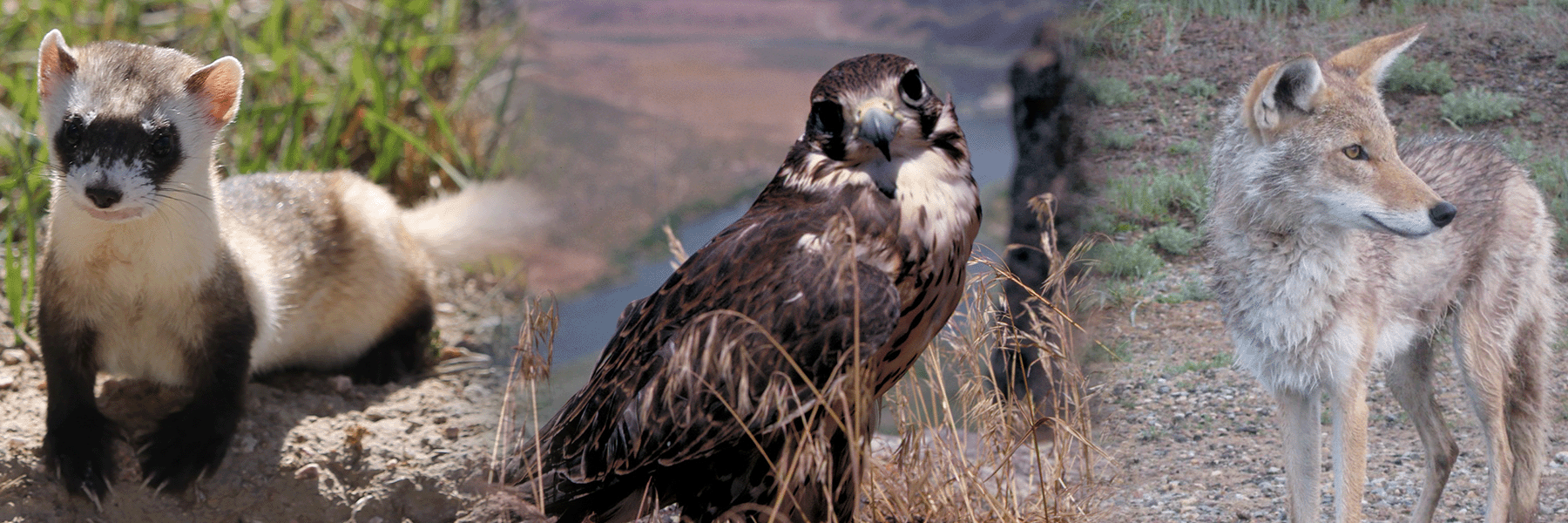Researchers Develop New Tool to Inform States’ use of Climate Information in Conservation Planning

Fish and wildlife managers and researchers recognize that using climate change information - including that produced by NOAA - can help inform continued planning and mitigation to help conserve important habitats and species. Every ten years, state fish and wildlife agencies update wildlife action plans (SWAPs) designed to assist in this effort. However, because plans and planning processes vary, there is a need for a consistent way to understand how climate change information is used in the SWAPs and how to improve it in future plans.
In a new study published in Conservation Science and Practice, researchers with CIRES and NOAA's Physical Sciences Laboratory documented the use of climate information in SWAPs for ten states, and developed a new evaluation tool to track and compare how climate change information was used. Using this rubric and complementary interviews with SWAP authors, the researchers found that the use of climate projections and other information ranged in sophistication among states, including some exemplary and innovative uses.
This research supports natural resource managers as they work to conserve species and habitats under a changing climate. However, climate change information isn’t being used as much as it could be. There is a need for better, more consistent guidance on how to use climate change information to inform conservation planning. The climate science community and organizations like NOAA RISAs should provide guidance and support in identifying, selecting, and applying climate change information to improve its use in SWAPs and other conservation plans. Giving states the flexibility to select which climate change information to use allowed them to work within their individual time, budget, and other constraints, and to develop innovative approaches to address their particular management priorities and contexts. Additional needs to facilitate use of climate change information include access to professional networks and climate scientists, funding support for climate change vulnerability analysis, and supportive agency leadership. Together, the rubric and the interview results can be used to identify opportunities to improve the use of climate information, and to identify entry points to support conservation planning and natural resource managers in successful adaptation to climate change.
This work is very timely and already having a policy impact, because the next generation of SWAPs are being planned now for completion by 2025. Lead author Dr. Yocum, a social scientist at CIRES, is currently working with the regional network of Climate Adaptation Science Centers to inform the SWAP revision process and revise the guidance and best practices given to states. This paper makes recommendations that plan authors, the climate science community, and boundary organizations can follow to improve the use of climate change information in those plans. This collaboration brought together researchers in both social and climate science to help inform an important natural resource management question.
Yocum, Heather M. (CIRES), Deanna Metivier Sassorossi, and Andrea J. Ray (PSL) (March 2022): Assessing the use of climate change information in State Wildlife Action Plans. Conservation Sci. Practice, 4(3), e608, https://doi.org/10.1111/csp2.608.
Posted: March 1 , 2022